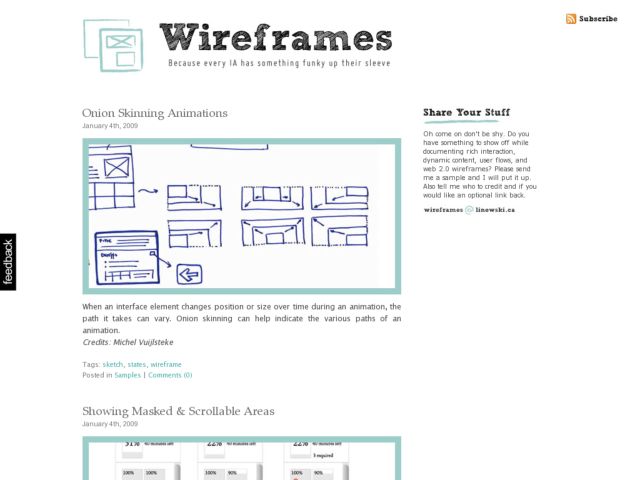Faruk Ateş provides some suggestions for implementing pagination, all of which I would agree with. After the suggestion list, Ateş shows quite a few examples and discusses what's good and bad about them. There's a huge list of examples on Smashing Magazine as well, although some of them are a little fussy.
Oddly enough, while a few of the examples show the method of using an ellipsis plus the last few page numbers as a way to show number of pages, Ateş doesn't count that as a recommended practice.
Here's a screenshot of Flickr using this method. I like Flickr's as an example because it's as straightforward as ou can get with no fuss.

The practice of showing the an ellipsis plus the end pages is one of the pagination conventions I've been using for years and is one I'd add as a more explicit recommendation to the lists above.

